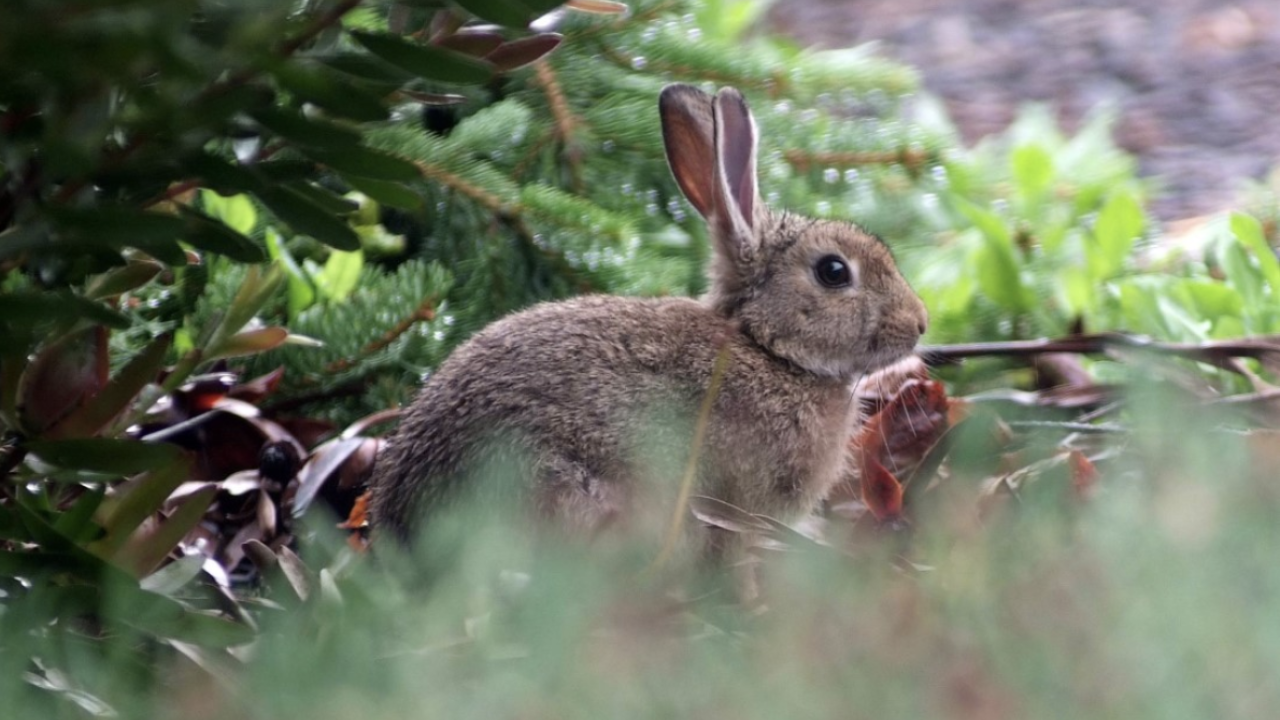Concerns over efficiacy of rabbit virus roll-out

Westbury residents are concerned about the effectiveness of the government's calicivirus rollout and are worried about the growing wild rabbit population in the area.
Multiple people from Westbury have spoken to Tasmanian Country about the town being “overrun” by rabbits.
Deb Frost is one of those concerned residents.
“It’s not just rabbits, we have heaps of deer and wallabies out here. They’re still everywhere,” Ms Frost said.
“We haven’t seen a decrease in them since they released the virus a couple of months ago.”
The Department of Natural Resources and Environment Tasmania (NRE Tas) stated that calicivirus had been released at Westbury during the week commencing February 24.
Calicivirus is a haemorrhagic disease that affects only rabbits and hares. It is transmitted by flies and by direct contact between rabbits.
NRE Tas has been releasing the virus into the wild to control rabbit populations.
It is also used to release myxomatosis – another disease that affects rabbits – but it is no longer used for this purpose.
However, that condition does spread naturally to some areas of Tasmania.
Ms Frost said the wild rabbit situation at Westbury was dire.
“I think this is probably the worst it’s been in a long time.
“We’ve lived here for nearly 25 years, and it was probably this bad maybe 12 to 13 years ago.
“It was bad, and then it’s been good for ages – but the last couple of years – it’s just got really bad.”
Ms Frost said she felt that NRE was not doing enough to prevent the growth of the wild rabbit population at Westbury.
NRE Tas did not answer any questions Tasmanian Country asked or provide a statement addressing concerns about the wild rabbit populations.
The department is continuing its calicivirus release program for 2025, which it began in February.
A further 15 locations have been earmarked for release, including Bruny Island, Blackman’s Bay, Burnie and Strahan.
“The release of calicivirus, undertaken by trained Biosecurity Tasmania staff, can only occur in specific environmental conditions,” an NRE Tas spokesperson said in April when it announced it would be releasing the disease at Hobart’s Queens Domain.
“These conditions include a period of no significant rainfall and when there are no young rabbits present.
“Calicivirus is approved by the Australian Pesticides and Veterinary Medicines Authority and is a highly effective biological control for European rabbits.”
NRE Tas said the release program was done in a safe manner.
“Calicivirus only affects rabbits and poses no risk to human health or other non-target
species.
“A vaccine is available for domestic rabbits against calicivirus; owners are
encouraged to contact their local veterinarian as soon as possible for more
information.”
Competing with native species for food and shelter, altering native plant community composition, degrading land and promoting weeds, contributing to the extinction of several small ground-dwelling mammals in Australia's arid lands, and aiding the decline in numbers of many native plants and animals are the main environmental impacts of wild rabbits, according to NRE Tas.




Add new comment
Comments
Rabbit Calicivirus Fail
I too have noted the failure of the Calucivirus release in Mole Creek in February. The rabbits have not decreased. The virus strain was not effective. They need to sourse a vaccine that actually kills rabbits. The environment is suffering. Just another fail from this Liberal govt 😔 fix it
Rabbits & hares
It targets hares as well they do not dig burrows they live in the undergrowth and your calicvirus just does not work there getting more use to it every year
Rabbits
Here at Sunnyside up from Railton, we have seen numbers escalate over the last 10 years or so. I can't plant anything without a barrier of some kind to stop them digging it up. Our once beautiful property is full of holes and rabbit warrens that we have to keep filling up or blocking with rocks. I'm so disappointed that the calicivirus has not been released here in such an agricultural area.